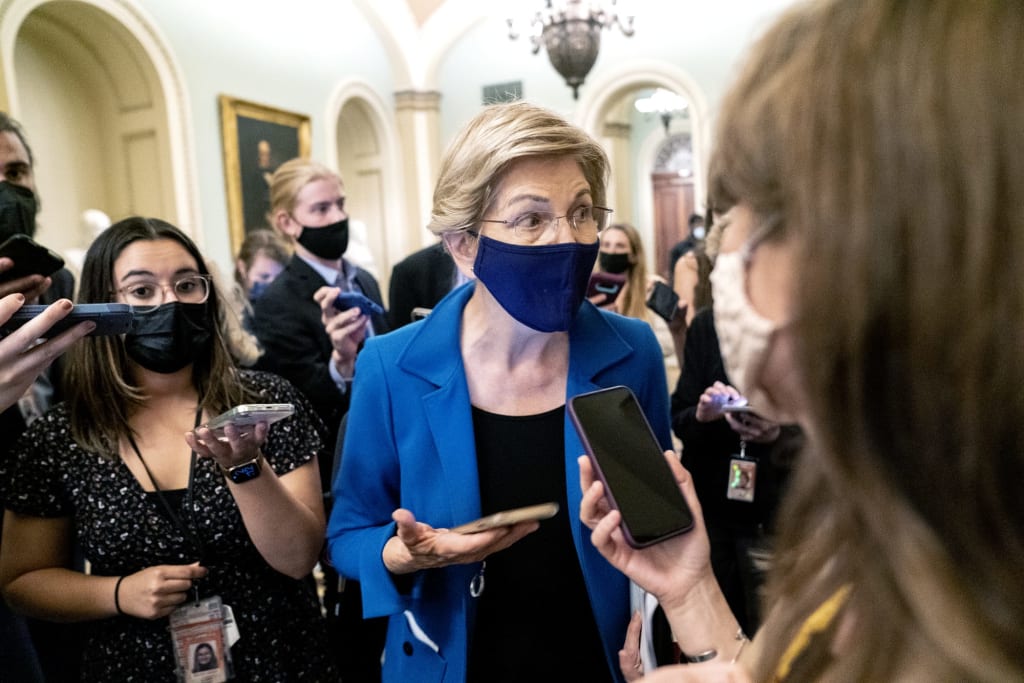Senators across party lines are coming together to call for a streamlined approach to helping students struggling with overwhelming student loan debt. With over 44 million Americans collectively owing more than $1.6 trillion in student loans, the issue has become a major concern for policymakers and borrowers alike.
Senator Elizabeth Warren, a prominent advocate for student debt relief, has been leading the charge in calling for a simplified process for borrowers to access relief programs. She has been joined by Senators Bernie Sanders, Cory Booker, and other lawmakers who are pushing for more comprehensive solutions to the student debt crisis.
One of the key proposals being put forward is the creation of a universal student loan forgiveness program that would automatically cancel a portion of borrowers’ debt based on a set of criteria, such as income level or years of repayment. This would eliminate the need for borrowers to navigate through a complex web of repayment plans and forgiveness programs, making it easier for them to get the relief they need.
Additionally, there have been calls for the expansion of existing loan forgiveness programs, such as Public Service Loan Forgiveness, which allows borrowers who work in certain public service fields to have their loans forgiven after 10 years of repayment. Many borrowers have reported difficulties in qualifying for these programs due to confusing requirements and bureaucratic hurdles.
Senator Warren has also proposed cancelling up to $50,000 in student loan debt for borrowers earning under $100,000 a year, with a sliding scale for those earning up to $250,000. This targeted approach would provide relief to those who need it most, while also stimulating the economy by freeing up funds for other expenses and investments.
The push for streamlined student debt relief comes at a time when many borrowers are struggling to make ends meet due to the economic impacts of the COVID-19 pandemic. With unemployment rates still high and many Americans facing financial hardship, addressing the student debt crisis has become an urgent priority for lawmakers.
While there is still debate over the best approach to tackling the issue, there is growing consensus that something must be done to alleviate the burden of student loan debt on millions of Americans. By streamlining and expanding existing relief programs, lawmakers are hoping to provide much-needed assistance to borrowers and help them build a brighter financial future.
